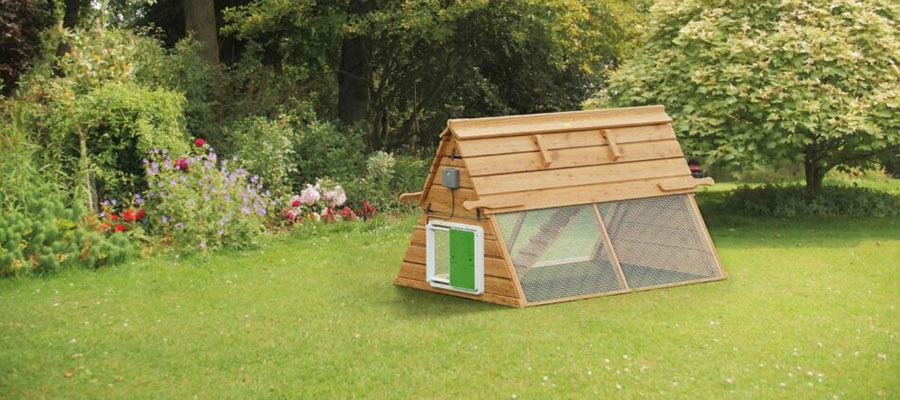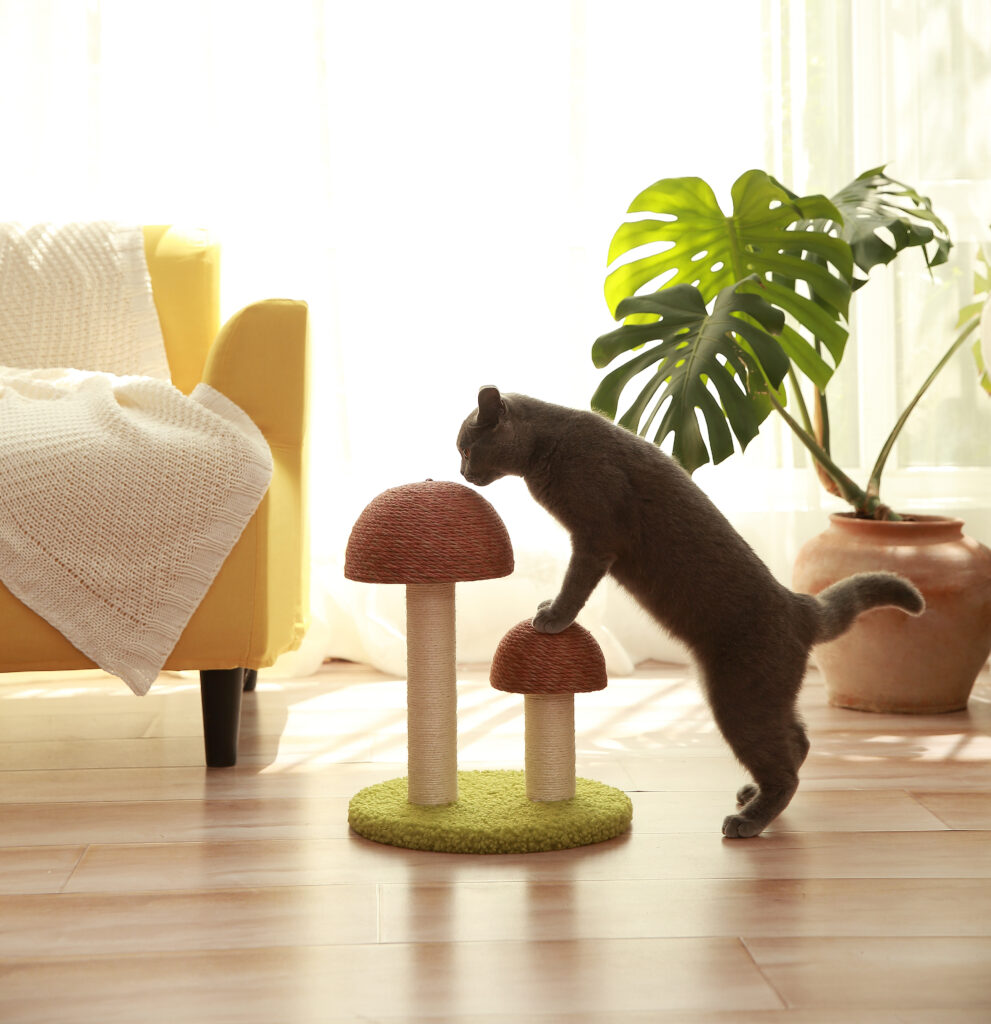An essential component of chicken keeping is the chicken coop, a sanctuary where your feathered friends can roost and lay eggs safely. In this article, we will delve into the design and construction of an outdoor wooden chicken coop that combines both aesthetics and functionality.
Choosing the Right Location
The first step in building an outdoor wooden chicken coop is selecting an ideal location. Consider the following factors:
- -Sun Exposure: Chickens need sunlight for warmth and to synthesize Vitamin D. Choose a spot that receives ample sunlight.
- -Shade: While sun is important, so is shade. A tree or a canopy can provide a cool retreat during hot summer days.
- -Accessibility: The coop should be easily accessible for cleaning and feeding, but also secure from predators.
Designing the Coop
The design of your wooden chicken coop should cater to the needs of your flock. Here are some key elements to consider:
- -Size: A general rule of thumb is to provide 3-4 square feet per chicken inside the coop and 10 square feet per chicken in the run.
- -Ventilation: Proper air flow is crucial to prevent the buildup of ammonia and moisture.
- -Roosting Bars: Chickens need roosting bars to rest on at night. Space them about 10-12 inches apart.
- -Nesting Boxes: Provide at least one nesting box for every four to five hens.
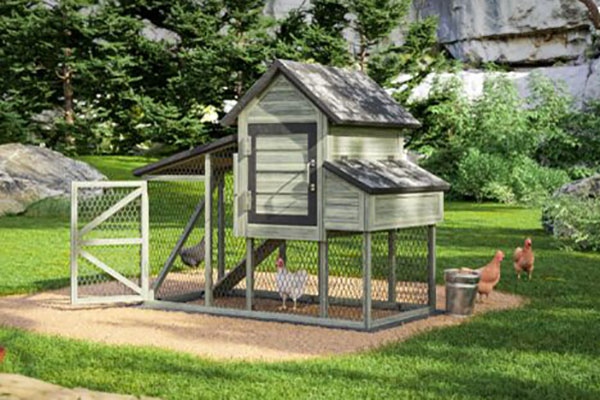
Materials
When it comes to the materials for your wooden chicken coop, there are a few things to keep in mind:
- -Durability: Choose wood that is resistant to rot and insect damage, such as cedar or redwood.
- -Insulation: To keep the coop warm in winter and cool in summer, consider adding insulation.
- -Ease of Cleaning: The floor should be easy to clean and replace if necessary.
Construction
The construction process involves several stages:
- -Foundation: Start with a solid foundation to prevent dampness and rot.
- -Frame: Build the frame using sturdy wood and ensure it is square and level.
- -Walls: Construct the walls, ensuring there is adequate ventilation.
- -Roof: Install a pitched roof to allow for runoff and prevent water damage.
- -Doors and Windows: Install secure doors for access and small windows for light and air.
Finishing Touches
Once the construction is complete, add the finishing touches:
- -Paint or Stain: Apply a protective coating to the wood to prolong its life.
- -Perches: Install roosting bars and ensure they are sturdy.
- -Nesting Materials: Provide clean bedding in the nesting boxes.
- -Feeders and Waterers: Install automatic or manual feeders and waterers.
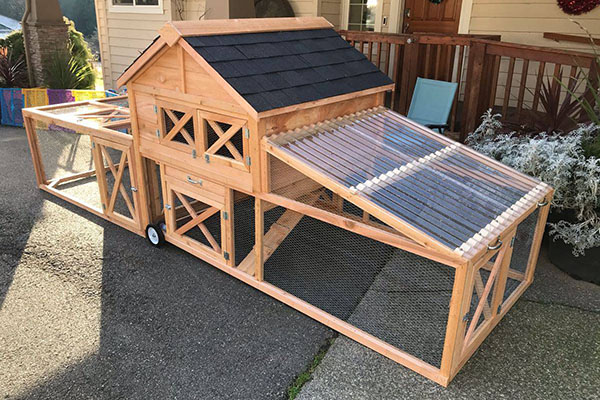
Safety Measures
In addition to the basic design and construction of the chicken coop, consider the following safety measures:
- -Locks and Latches: Ensure all doors and entrances have sturdy locks and latches to prevent predators from entering.
- -Fencing: The fence surrounding the chicken coop should be high enough to deter predators such as foxes and raccoons.
- -Surveillance: Consider installing surveillance cameras to monitor the coop when you’re not at home.
Coop Interior Layout
The layout of the chicken coop’s interior is crucial for the well-being of the chickens:
- -Separation Areas: If you’re raising different breeds or ages of chickens, consider creating separate areas to reduce fighting.
- -Activity Space: Ensure there is ample space within the coop for the chickens to move around freely, which is essential for their health.
- -Cleaning Areas: Designate areas that are easy to clean, such as using removable plastic trays to collect droppings.
Environmental Adaptability
The design of the chicken coop should take into account the local climate and environment:
- -Insulation: In colder regions, consider adding extra insulation, such as thermal materials in the walls and roof.
- -Ventilation: In hot climates, increase the number of ventilation openings and provide shade to keep the coop cool.
- -Rain Protection: Ensure the roof is designed to effectively prevent rainwater from seeping in.
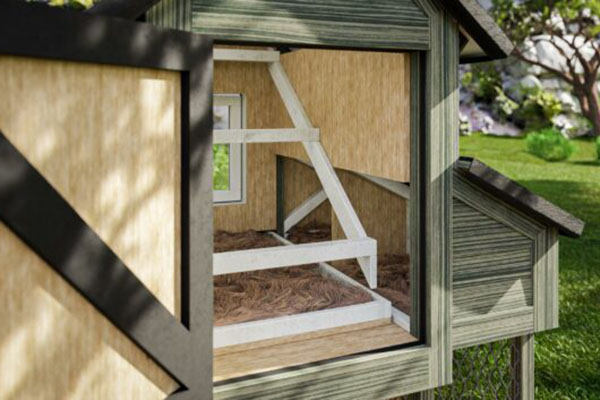
Maintenance
Regular maintenance is key to keeping your wooden chicken coop in good condition:
- -Cleaning: Remove droppings and replace bedding regularly.
- -Inspection: Check for signs of wear and repair as needed.
- -Pest Control: Keep the area around the coop clean to deter pests.
Building an outdoor wooden chicken coop is a rewarding project that not only provides a home for your chickens but also adds a touch of rustic charm to your property. By following these guidelines, you can create a comfortable and safe environment for your hens to thrive in. Remember, the key to a successful coop is a balance of good design, quality materials, and regular care.

